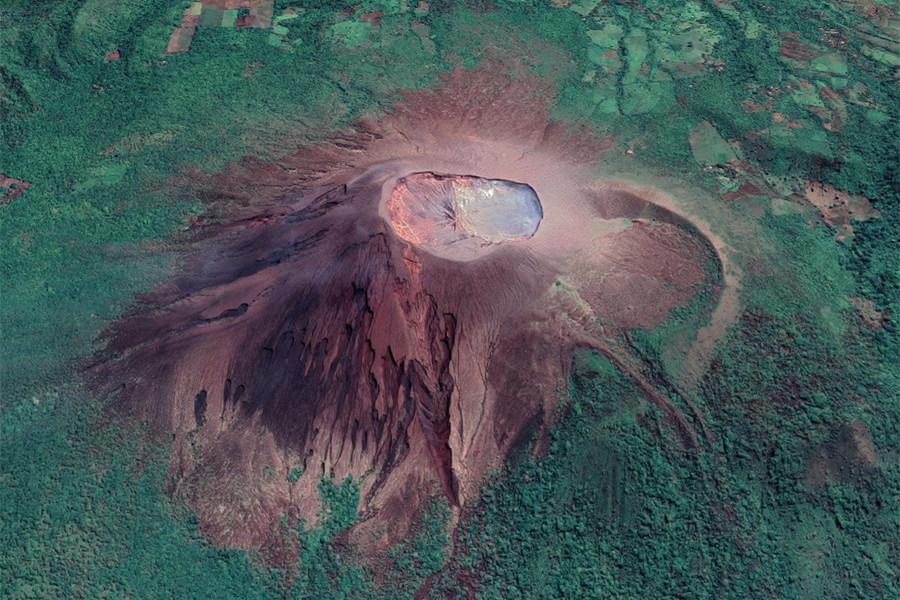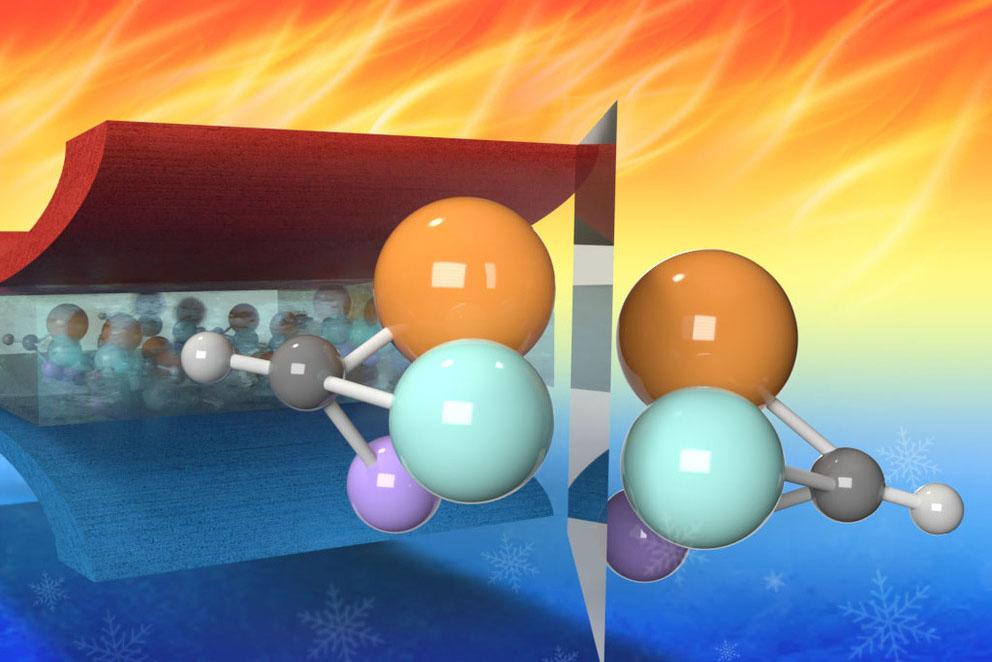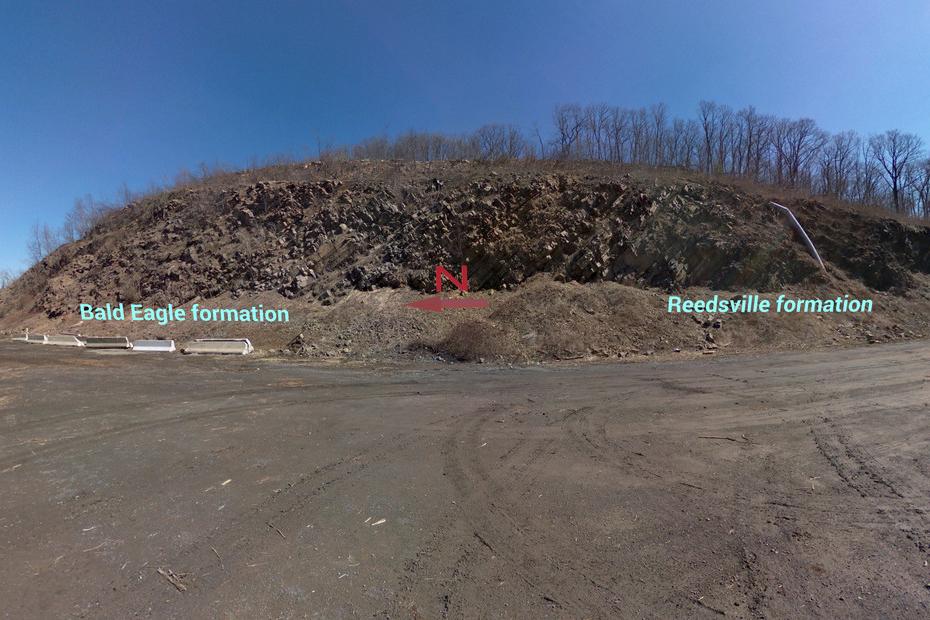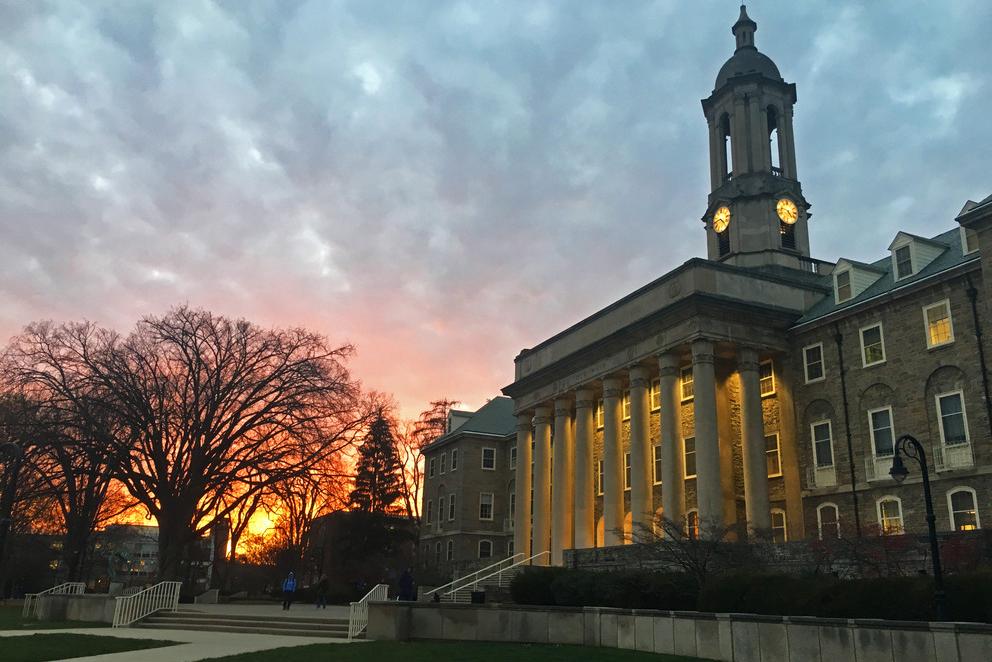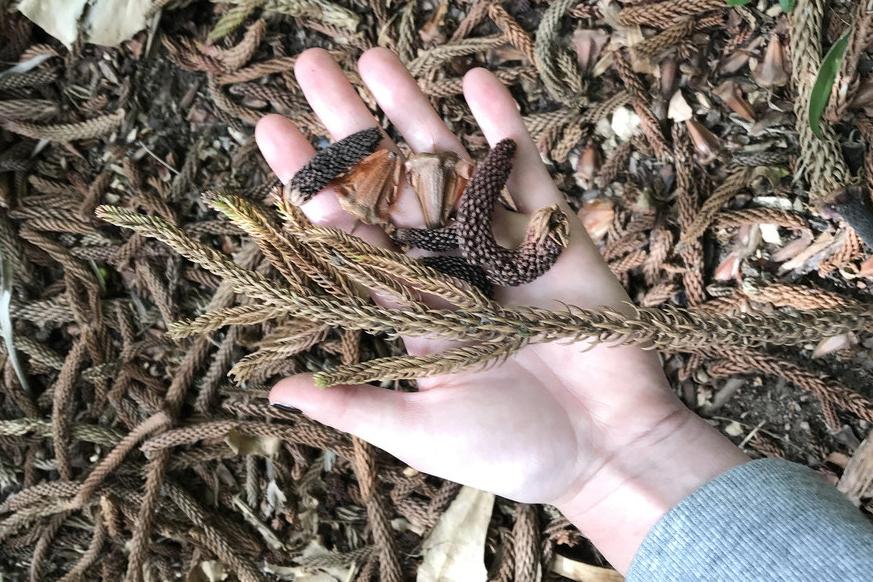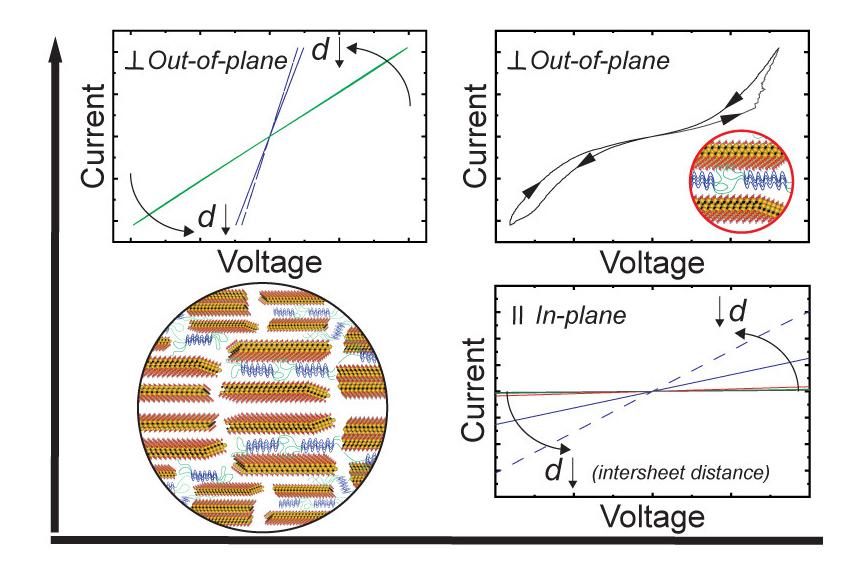Read the latest news about research conducted by investigators in the College of Earth and Mineral Sciences. Our faculty and students are continually advancing technology, creating solutions and expanding knowledge with new and innovative research.
News
The shape of volcanoes and their craters provide critical information on their formation and eruptive history. Techniques applied to photographs — photogrammetry — show promise and utility in correlating shape change to volcanic background and eruption activity.
A new fundamental understanding of polymeric relaxor ferroelectric behavior could lead to advances in flexible electronics, actuators and transducers, energy storage, piezoelectric sensors and electrocaloric cooling, according to a team of researchers at Penn State and North Carolina State.
A radar signature may help distinguish which severe storms are likely to produce dangerous tornadoes, potentially leading to more accurate warnings, according to scientists.
Classes may have been held remotely during the previous spring semester, but Penn State faculty members found creative ways to bring field trips to their students, even when they couldn’t necessarily bring students out into the field.
New matchbook-sized devices could convert wasted heat in our homes, offices and vehicles into an environmentally friendly source of electricity, according to a team of scientists.
Large protest events can be divisive, spurring an outpouring of both support and opposition.
In late 2019, Penn State and the University of Auckland launched the Joint Collaboration Development Program, a jointly financed seed-fund program with the aim to foster collaborative research and educational projects.
In late 2019, Penn State and the University of Auckland launched the Joint Collaboration Development Program, a jointly financed seed-fund program with the aim to foster collaborative research and educational projects.
Newly unearthed, surprisingly well-preserved conifer fossils from Patagonia, Argentina, show that an endangered and celebrated group of tropical West Pacific trees has roots in the ancient supercontinent that once comprised Australia, Antarctica and South America, according to an international team of researchers.
Sometimes, breaking rules is not a bad thing. Especially when the rules are apparent laws of nature that apply in bulk material, but other forces appear in the nanoscale.



